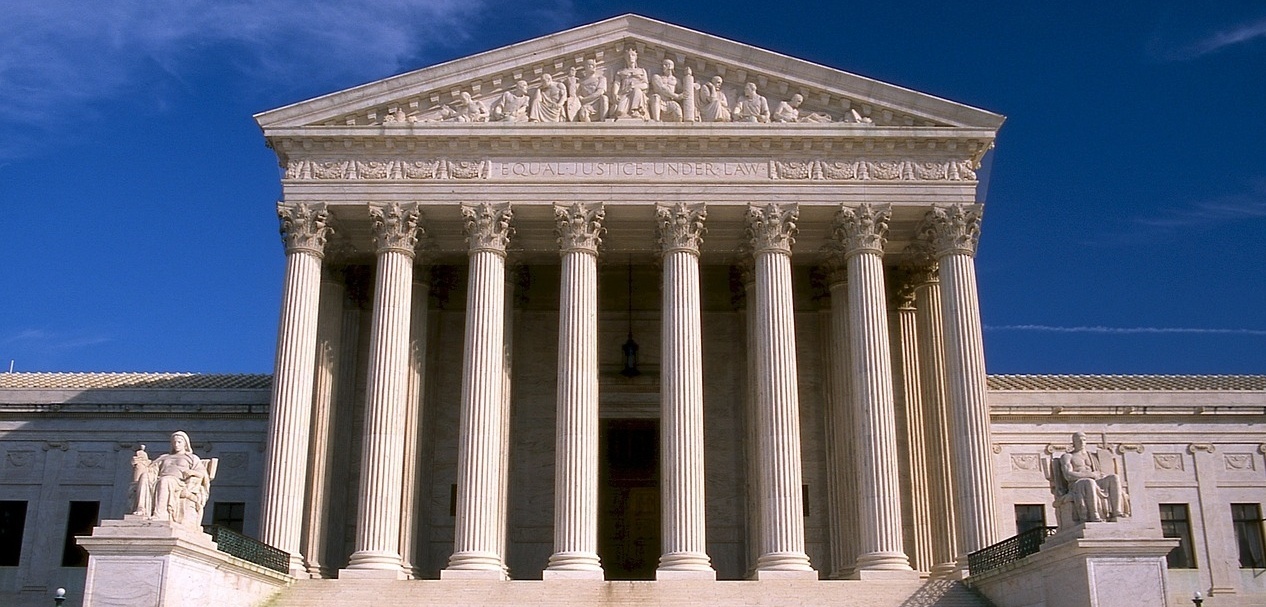
Three weeks ago, in a move that surprised even veteran court watchers, the U.S. Supreme Court ordered a stay of EPA’s Clean Power Plan.
As the litigation on the merits unfolds in the coming months, it’s important to consider what the stay does and doesn’t do. The stay does prevent EPA from enforcing the CPP. So, for example, states won’t need to submit their initial compliance plans to EPA by September. But let’s be clear – the stay does not require states to halt their planning for compliance nor does it require that EPA stop helping states do that planning. The stay does not mean that the CPP will ultimately be struck down in the courts, and it most certainly does not eliminate EPA’s obligation to regulate greenhouse gases as a result of the Supreme Court’s decision in 2007.
But the stay does raise an important question: Will the stay mean that states and utilities plan differently or will they continue to look to a low-carbon future?
The smart money is on the latter, for two main reasons. First, is cost. Wind, solar and new natural-gas generation are simply cheaper in many markets than the traditional (primarily coal) generation that the CPP would see decline. Energy efficiency improvements and technologies like combined heat and power can provide savings for customers large and small, whether or not they are spurred by CPP compliance. This is the way our electricity markets are already moving, and will continue to do so even with the CPP on hold.
Second, is the condition of the nation’s power grid. The advanced energy technologies that will be key to CPP compliance also solve a host of challenges facing the grid. Demand response enhances the reliability of an aging electric system at a lower cost than more generation and transmission; new gas turbines provide flexible generation; solar and wind power provide power with zero fuel cost, protecting customers from price volatility; efficiency lowers and flattens the demand curve; and smart meters provide better data and control over energy use and costs. The CPP will accelerate these technological innovations; hitting the pause button on the CPP will not stop them.
This combination of factors is already driving record levels of advanced energy deployment. It is also leading states to explore fundamental reforms to their regulatory frameworks and associated utility business models in order to capture the benefits of these technologies, which customers are increasingly demanding. New York’s Reforming the Energy Vision (REV) proceeding is the most comprehensive effort to date, but it is just one of many conversations going on in jurisdictions around the country. Once again, the CPP might well speed up this rethinking of the utility structure, but it will continue in any case.
In my view, the Clean Power Plan stands an excellent chance of withstanding judicial review, but the country is already moving to an advanced energy future. No court can stop that.
This post was originally posted on Bloomberg Government's blog First Word Energy. Stay up-to-date on all the updates from advanced energy policy by signing up for AEE's weekly newsletter.
